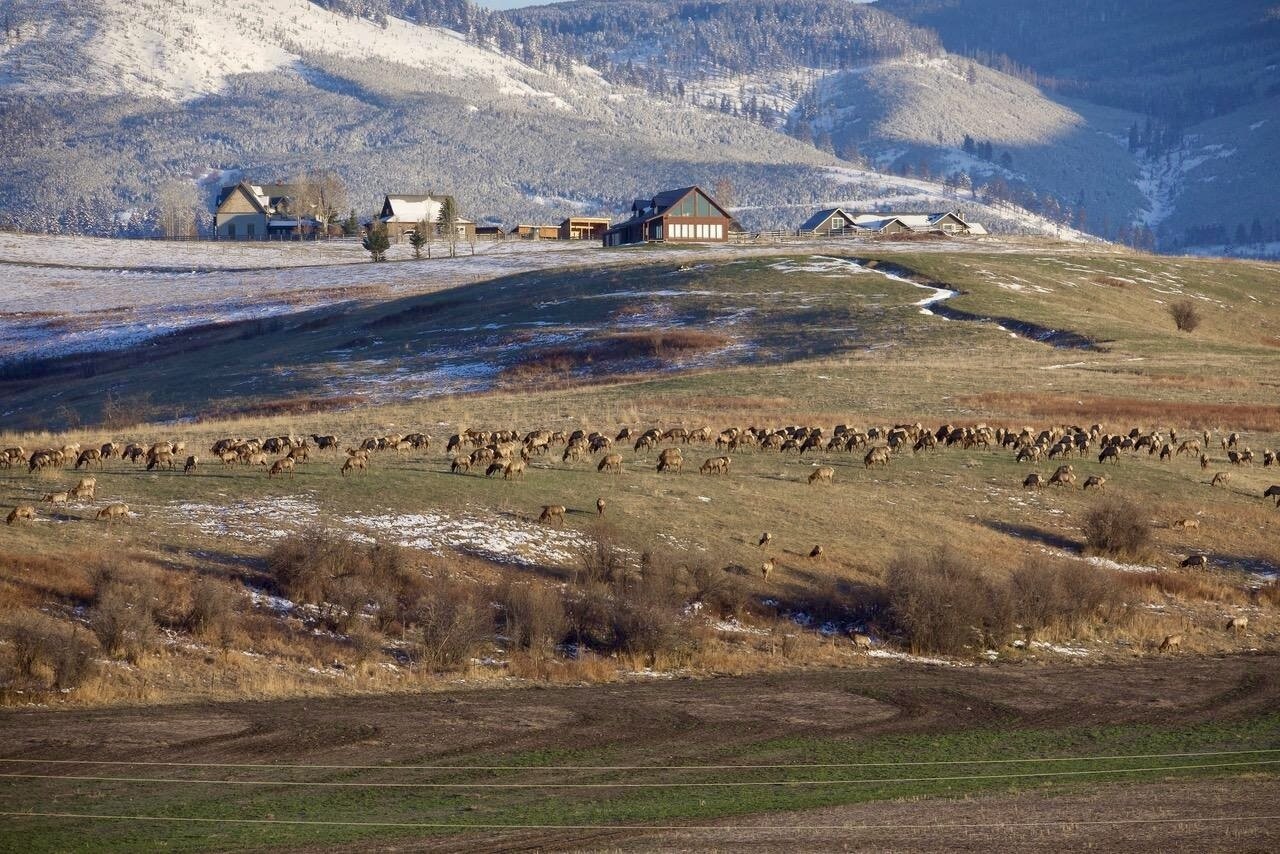Secrets Of Wyoming’s Greater Yellowstone Wildlife Corridors

Have you ever wondered what makes Wyoming's Greater Yellowstone Wildlife Corridors so special? These corridors are like highways for animals, allowing them to move freely between different habitats. This movement is crucial for their survival, helping them find food, mates, and safe places to live. In Wyoming, these corridors are home to some of the most iconic wildlife in North America, including grizzly bears, wolves, and elk. By protecting these pathways, we ensure that these animals can thrive in their natural environment. Whether you're a nature lover or just curious about wildlife, understanding these corridors can give you a deeper appreciation for the natural world.
Discovering Wyoming's Greater Yellowstone Wildlife Corridors
Wyoming's Greater Yellowstone Ecosystem is a treasure trove of natural wonders. This region is home to some of the most breathtaking wildlife corridors in the world. These corridors are essential for the migration and survival of various species. Let's explore some of the most remarkable wildlife corridors in this magnificent area.
1. The Path of the Pronghorn
The Pronghorn antelope undertakes one of the longest land migrations in North America. This journey spans over 150 miles from the Grand Teton National Park to the Upper Green River Valley.
- Why it's special: This migration has been happening for thousands of years, making it a critical part of the ecosystem.
- What to see: Witness herds of Pronghorns as they navigate through diverse landscapes, from mountain ranges to river valleys.
2. The Yellowstone to Yukon Corridor
This corridor stretches from Yellowstone National Park all the way to the Yukon in Canada. It serves as a vital passage for numerous species, including grizzly bears, wolves, and elk.
- Why it's special: It connects two of the largest intact ecosystems in North America.
- What to see: Spot grizzly bears fishing for salmon, wolves on the prowl, and elk grazing in meadows.
3. The Red Desert to Hoback Migration
Mule deer make this incredible 150-mile journey from the Red Desert to the Hoback Basin. This migration is one of the longest for mule deer in the world.
- Why it's special: The route includes diverse habitats, from arid deserts to lush forests.
- What to see: Observe mule deer navigating through challenging terrains and crossing rivers.
4. The Jackson Hole Elk Migration
Every winter, thousands of elk migrate from the high country to the National Elk Refuge in Jackson Hole. This migration ensures their survival during harsh winters.
- Why it's special: The National Elk Refuge is one of the best places to see large herds of elk up close.
- What to see: Watch elk feeding, resting, and interacting in their winter habitat.
5. The Bighorn Basin Corridor
This corridor is crucial for the movement of bighorn sheep between the Absaroka and Bighorn mountain ranges. It helps maintain genetic diversity and population health.
- Why it's special: Bighorn sheep are iconic symbols of the rugged mountain landscapes.
- What to see: Spot bighorn sheep scaling steep cliffs and grazing in alpine meadows.
6. The Gros Ventre Wilderness Pathway
This corridor allows moose, black bears, and other wildlife to move between the Gros Ventre Wilderness and the surrounding areas. It provides essential habitat connectivity.
- Why it's special: The Gros Ventre Wilderness is a pristine area with minimal human impact.
- What to see: Encounter moose wading in wetlands, black bears foraging, and a variety of bird species.
7. The Wind River Range Passage
This passage is vital for the migration of elk, mule deer, and other species between the Wind River Range and the surrounding valleys. It supports seasonal movements and breeding.
- Why it's special: The Wind River Range offers stunning scenery and diverse habitats.
- What to see: Observe elk and mule deer in their natural habitats, along with breathtaking mountain views.
8. The Shoshone National Forest Corridor
This corridor connects the Shoshone National Forest with Yellowstone National Park. It is essential for the movement of large mammals like grizzly bears and mountain lions.
- Why it's special: Shoshone National Forest is the first national forest in the United States.
- What to see: Spot grizzly bears, mountain lions, and other wildlife in a historic and scenic setting.
9. The Bridger-Teton National Forest Pathway
This pathway allows wildlife to move between the Bridger-Teton National Forest and the surrounding areas. It supports a wide range of species, including moose, elk, and wolves.
- Why it's special: Bridger-Teton National Forest is one of the largest intact ecosystems in the lower 48 states.
- What to see: Encounter moose in wetlands, elk in meadows, and wolves in the forest.
Embracing Wyoming's Wildlife Corridors
Wyoming's Greater Yellowstone Wildlife Corridors offer a unique glimpse into the natural world. These pathways are vital for the survival of many species, allowing animals to migrate, find food, and reproduce. Protecting these corridors ensures the health of the entire ecosystem. Visitors can witness the beauty and complexity of nature firsthand, from majestic elk to elusive wolves. Exploring these areas responsibly helps preserve them for future generations. Whether you're hiking, camping, or simply observing, respect the wildlife and their habitats. By doing so, you contribute to the conservation efforts that keep these corridors thriving. Wyoming's wildlife corridors are more than just pathways; they are lifelines for the region's diverse fauna. Embrace the opportunity to connect with nature and support the ongoing efforts to protect these critical areas.

